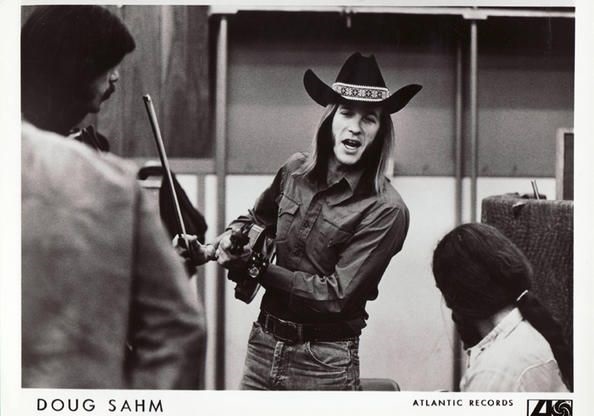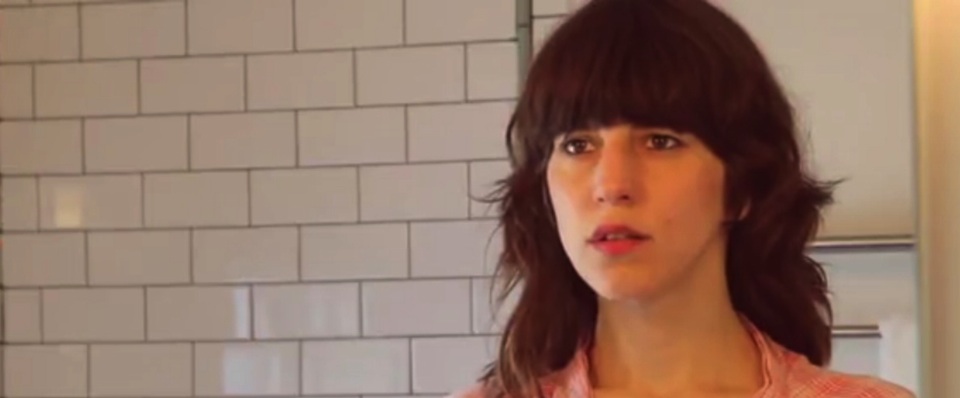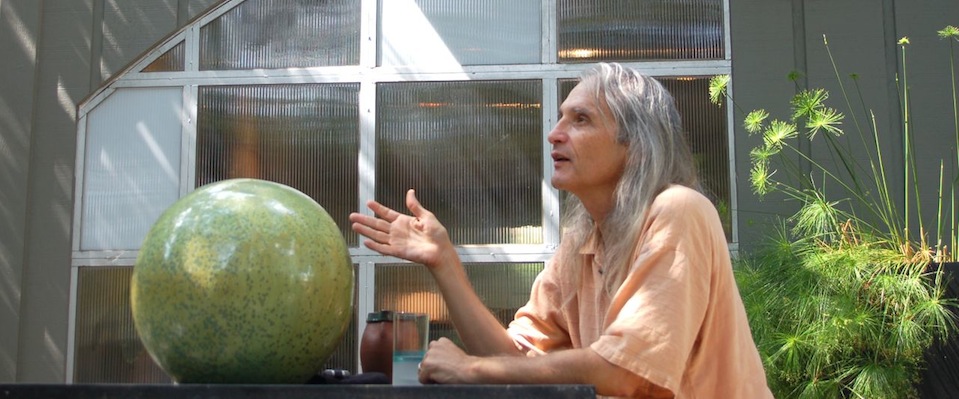Teenagers from the city’s mostly Latino West Side emulated the doo wop and rock-and-roll groups of the time.
Originally published by Texas Standard | Michael Marks
Apr 11, 2022 at 1:32 PM
During the 1950s and 60s, San Antonio’s West Side was the site of a unique musical phenomenon. Teens from the mostly Latino neighborhood started forming bands that played with some of the soul of Detroit’s Motown acts, but with distinctly Texan accents.
The West Side Sound, as it came to be known, developed organically. Now, more than a half-century after the scene reached its summit, cultural historians at the University of Texas-San Antonio are compiling an oral history archive to preserve memories of the music and the people behind it.
Gloria Vásquez Gonzáles, a lecturer and co-director of the Mexican American Studies Teacher’s Academy at the University of Texas – San Antonio, and Geremy Landin, spoke to Texas Standard about the project.
Texas Standard: For people who may not be familiar with the West Side sound, can you describe it and how it got started?
Gloria Vásquez Gonzáles: West Side teenagers – baby boomers – in the late 50s, 60s and 70s, were listening to the bebop, this swamp pop, the rock and roll, all these. And they wanted to emulate this music. They did the high school dances. Because they were teenagers, they couldn’t actually play in clubs. One of the things that they did was the Municipal Auditorium, where they would have these dances maybe two or three times a month and you would have like 3,000 teenagers, there.
So the West Side Sound is this music, but done our way.
Geremy, tell us a little bit about why you were interested in this subject and were you familiar with this style of music before you started working on your on your masters or no?
Geremy Landin: So the music itself I had heard before, but I didn’t associate it with the genre known as West Side Sound. I just heard my grandparents listen to music that sounded similar. And so my job is to help facilitate those those interviews I’ve actually recorded and uploaded those and helped with some of those conversations that we’re having, and some of the questions that were asked. So that’s how I’m associated with the projects.
Tell us a little bit about who you’ve interviewed so far. Maybe there’s a conversation that really stands out.
Landin: I personally have interviewed a few people, including Rambo Salinas, who works over at the Friends of Sound Record Shop, as well as my own grandma who grew up during this time when this music was very popular. I also interviewed Rich Herrera, who was a DJ back then and is still a DJ
And so many of the conversations we’ve had have been about how impactful this music has been in the lives of the people that we’re interviewing. I think that’s stood out so much. But the other thing that stood out to all of our interviews, not just mine, is that the West Side Sound means something different to so many different people. When I had the conversation with my grandma, my first question to her was What is West Side Sound to you? And she said it was happy music to me. That’s how I feel. And that was very different from the technical responses of the musicians and DJs that we interviewed.
It is happy music and it has a real swing to it that reminds me a lot of R&B, but with a different flavor. What I think is really rather fascinating is that this term West Side Sound wasn’t really used by kids at the time. Right? Wasn’t there a Doug Sahm album that referred to it that way? Tell me about that.
Vásquez Gonzáles: Actually, he is the one that coined the term West Side Sound. They didn’t have a name, they didn’t categorize themselves in anything, so it was Doug Sahm that started calling it that and it just stuck.
Let me ask about how you were hoping that this oral history might be used. What are you planning on doing with these conversations and these stories of San Antonio’s past and the great music?
Vásquez Gonzáles: The UTSA Library’s special collections has reached out to us. They will store it in their special collections archives. And of course, it’s something that needs to be documented. So I think that it’s very important that we document this and for people to know that this was done in San Antonio by San Antonio and by Chicanos.
I understand that the musicians who were part of this movement, such as it was in the 50s and 60s really came from all over San Antonio. Why West Side? What was it about the West Side that made it the heart of this of this sound?
Landin: I’m the youngest person in this group, and so I’m really seeing this from a different perspective. But what I’ve learned is that there’s always been this, this kind of tenacity associated with the West side of San Antonio. It was about making sure that we were a part of the scene that that we were not invited to. And some of our interviews kind of talk about this – this music came out of a necessity to, because so many were not invited to that scene. And so that’s one reason. And the other is just this love for music that comes out of our culture. And I think what I hope to see out of this project is that the same type of energy we put into preserving architecture, we put into preserving the buildings. I hope that’s what comes out of this is that we’re preserving another type of history that needs that preservation. In this music and in these stories and have these conversations.
Wouldn’t it be fun to put together a West Side Sound playlist?
Landin: We have one.
Oh, tell us about it. What sort of songs are on it?
Landin: There’s a playlist that Dr. Sylvia Mendoza put together. She’s the other partner in this group, along with Jaime Macias from Jaime’s Place. And it’s got some Sunny and Sunliners in there. It’s got some Joe Bravo in there. I believe it’s got some Doug Sahm in there. And so there’s a mixture of things and actually it’s a collaborative playlist. As we send out these invites for people to join the interviews, it says on the bottom of the email, add to our playlist.
If you found the reporting above valuable, please consider making a donation to support it here. Your gift helps pay for everything you find on texasstandard.org and KUT.org. Thanks for donating today.



